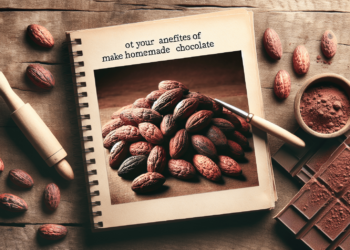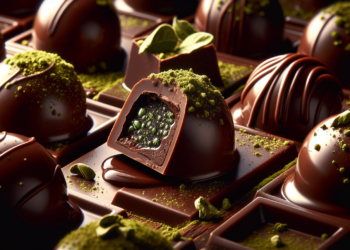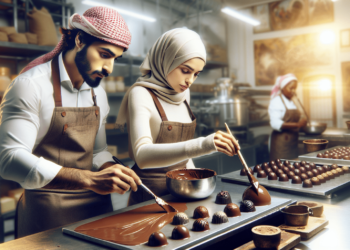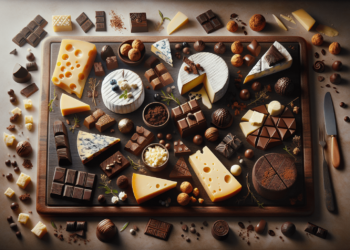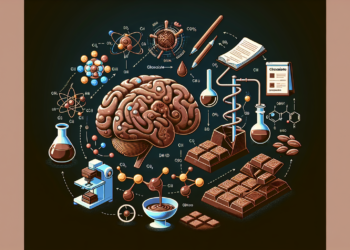Did you know that World Chocolate Day is celebrated every year on July 7?
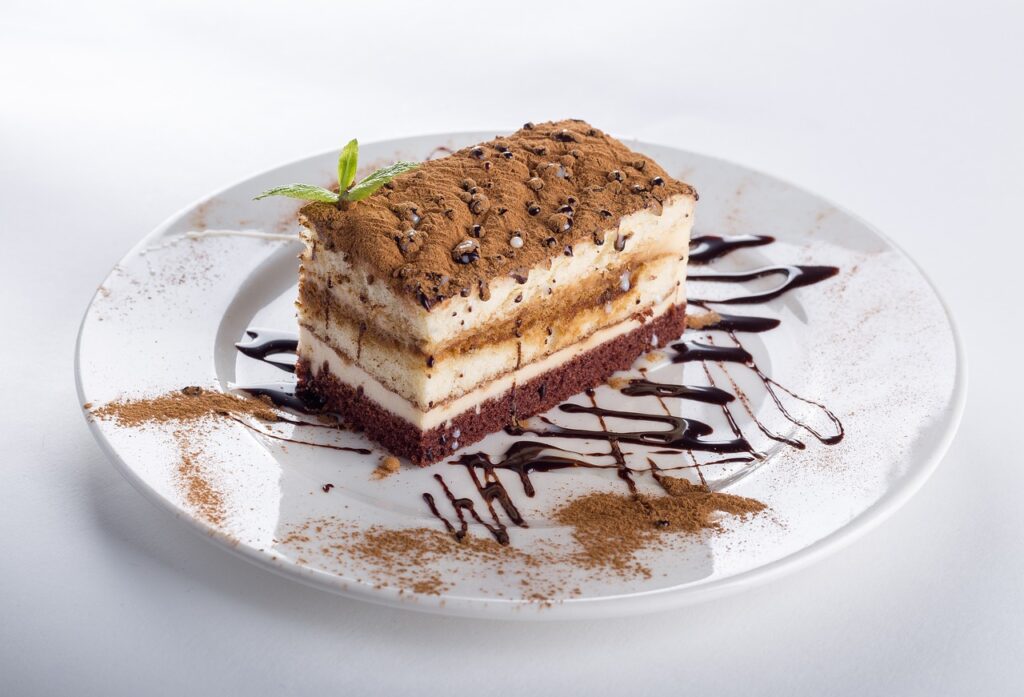
Celebrating World Chocolate Day
You’re about to learn how World Chocolate Day came to be, what it means today, and how you can mark World Chocolate Day 2025 in memorable and responsible ways. This celebration recognizes the joy of chocolate while giving you chances to connect with history, culture, and flavor in enjoyable ways.
What World Chocolate Day means to you
You can treat World Chocolate Day as a simple occasion to enjoy a treat or as a moment to learn about the people, ecosystems, and techniques behind chocolate. The day encourages appreciation of chocolate’s cultural significance and prompts conscious choices about sourcing and sustainability.
When is World Chocolate Day 2025?
You should mark your calendar for July 7, 2025. This date continues the long-standing tradition of celebrating chocolate each year on July 7, which many people associate with the introduction of cocoa to Europe.
Why July 7?
You might wonder why July 7 was chosen. Many sources link the date to 1550, when chocolate is believed to have been introduced to Europe; July 7 became the symbolic day to celebrate that arrival and the global affection for chocolate.
The origins of chocolate: a brief history
You’ll find that chocolate’s story stretches back thousands of years, long before it became the sweet treat you enjoy today. Its origins lie with ancient Mesoamerican cultures that valued cacao as both a beverage and a sacred substance.
Ancient Mesoamerica: Olmec, Maya, and Aztec traditions
You can trace chocolate’s earliest known domestic use to the Olmec people and later to the Maya and Aztecs, who used cacao beans in ritual contexts, as currency, and for preparing bitter beverage forms of chocolate. Cocoa was often flavored with spices, chili, or honey and served in special cups during ceremonies and elite gatherings.
The European encounter and transformation
You may be surprised that when chocolate reached Europe in the 16th century, it was transformed from a bitter ceremonial drink into a sweetened beverage that became fashionable among nobles. Sugar, vanilla, and milk gradually turned chocolate into the confection you recognize now.
How chocolate is made: from cacao pod to bar
You’ll appreciate chocolate more when you understand the journey from cacao tree to bar. The process involves growing cacao, harvesting pods, fermenting and drying beans, roasting, grinding, and conching to develop flavor and texture.
Farming and harvesting cacao
You should know that cacao trees grow best in humid tropical regions near the equator, and that pods are harvested by hand. Farmers cut open the pods, remove the beans, and prepare them for fermentation.
Fermentation and drying
You’ll learn that fermentation is a critical step where natural microbes develop flavor precursors. Drying follows to reduce moisture and prepare the beans for shipment or roasting.
Roasting, grinding, and conching
You can think of roasting as the step that develops the familiar chocolate aroma. Grinding reduces the beans into cocoa liquor, and conching smooths texture and refines flavor; these industrial and craft steps define the final character of chocolate.
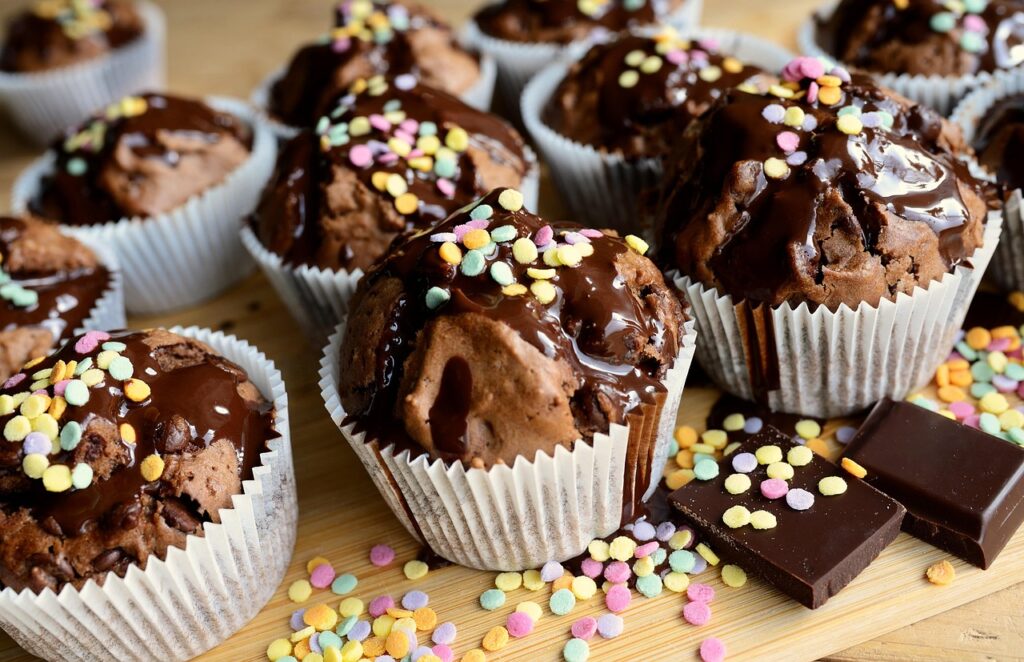
Types of chocolate and what they mean to you
You’ll encounter many types of chocolate, each defined by its ingredients and cocoa content. Knowing these categories helps you choose what fits your taste and occasion.
Major chocolate categories
You can use this table to quickly compare common chocolate types and their typical cocoa components.
| Chocolate type | Typical cocoa solids/cocoa butter | Flavor/texture notes |
|---|---|---|
| Dark chocolate | 50–100% cocoa (solids + butter) | Rich, bittersweet; intensity varies by percentage |
| Milk chocolate | 10–50% cocoa, plus milk solids | Creamy, sweeter, milder chocolate flavor |
| White chocolate | 0% cocoa solids (cocoa butter present) | Very sweet, buttery, vanilla-forward |
| Ruby chocolate | Varies, made from specially processed Ruby beans | Fruity, slightly tangy, pinkish hue |
| Couverture | High cocoa butter content; used by professionals | Ideal for tempering and enrobing, glossy finish |
Understanding cocoa percentage
You’ll find that the cocoa percentage tells you how much of the product is derived from the cacao bean (cocoa solids + cocoa butter). Higher percentages generally yield more intense, less sweet flavors, so choose based on your tolerance for bitterness and desired flavor intensity.
The sensory experience: how to taste chocolate like a pro
You can elevate your enjoyment of chocolate by practicing mindful tasting. The process is similar to wine or coffee tasting and helps you notice subtle notes and textures.
Steps for chocolate tasting
You should follow these steps for a thorough tasting: look, smell, snap, and taste. Each step reveals different sensory layers and helps you build tasting vocabulary.
- Look: Observe color and surface sheen to assess temper and quality.
- Smell: Bring the chocolate to your nose and note aromas like fruity, nutty, floral, or roasted.
- Snap: Break a piece to hear a clean snap, indicating good temper in solid chocolate.
- Taste: Let chocolate melt on your tongue and notice initial flavors, mid-palate notes, and finish.
Flavor descriptors to watch for
You’ll notice descriptors such as citrus, tobacco, vanilla, caramel, berry, floral, and nutty. Learning these helps you communicate your preferences and select chocolates that match your taste.
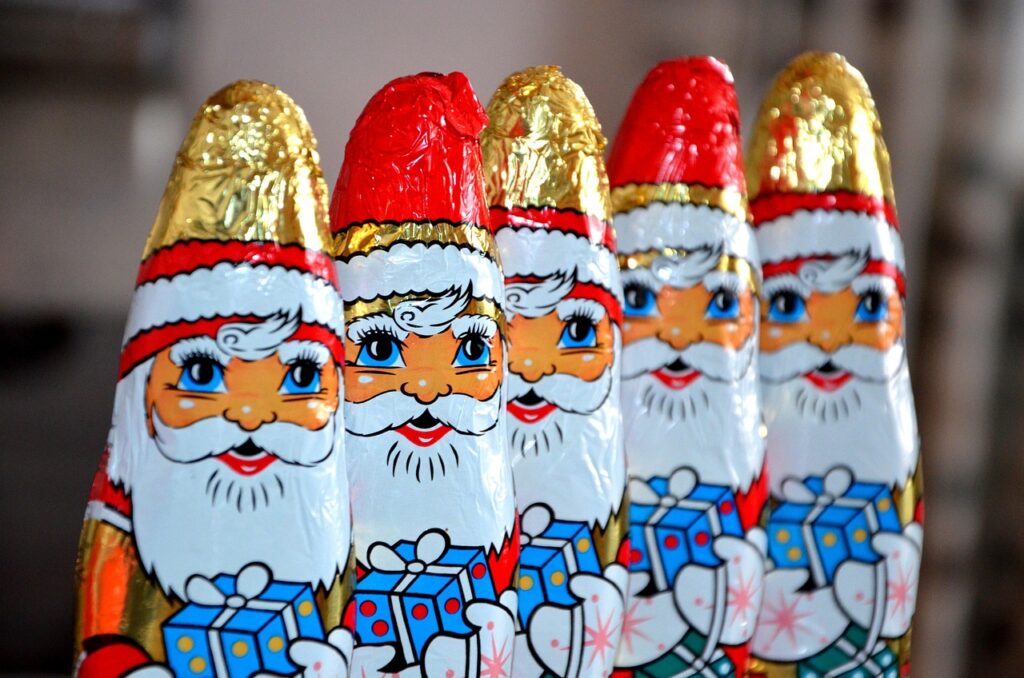
World Chocolate Day: history of the celebration
You’ll find that World Chocolate Day is an informal observance rather than a national holiday, but it’s widely recognized by chocolatiers, retailers, and chocolate lovers worldwide. The day offers a chance for events, promotions, and community activities.
How people celebrate around the world
You can expect local chocolatiers to host tastings, chocolate-making workshops, and special product launches. Retailers often run promotions, and food festivals include chocolate-themed booths and competitions.
The role of social media and events in modern celebrations
You’ll notice that social platforms amplify the day’s reach, with hashtags and user-generated posts showcasing recipes, pairings, and unique chocolate creations. Events may include virtual masterclasses or livestreamed factory tours, letting you participate from anywhere.
World Chocolate Day 2025: what to expect
You’ll see familiar patterns in 2025: special releases, classes, and community efforts. Many brands and artisans will use the opportunity to highlight craft, sustainability, and innovation.
Trends likely to appear in 2025
You should anticipate trends such as single-origin tastings, bean-to-bar storytelling, low-sugar and alternative-sweetened chocolates, and creative flavor mashups. Ethical sourcing and packaging innovation will likely be emphasized by responsible brands.
Events and opportunities in 2025
You can look out for local chocolate festivals, farmer-chocolatier partnerships, and online tasting events. Independent chocolatiers may launch limited-edition bars or pairing events timed to World Chocolate Day.
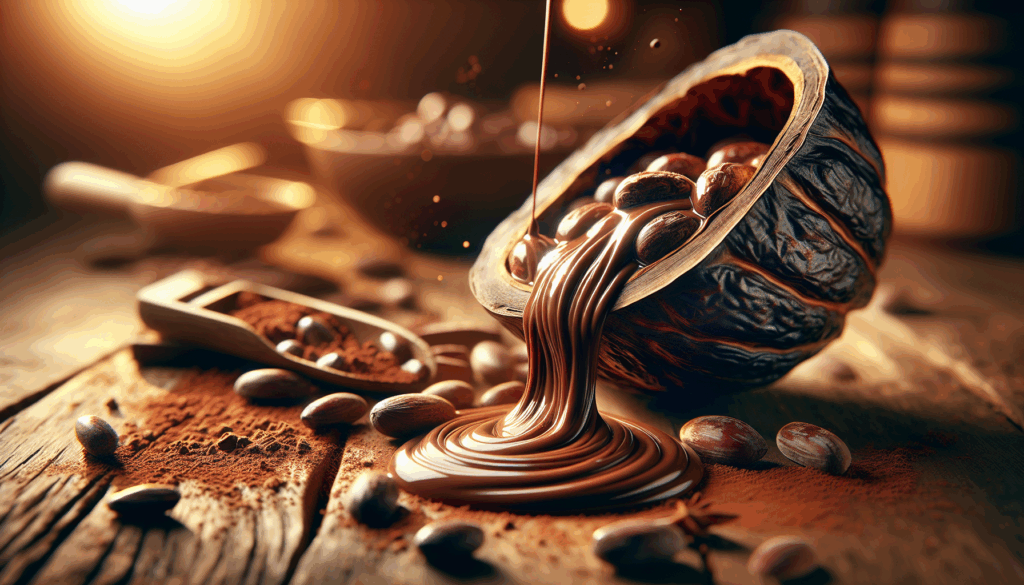
Celebrating responsibly: sustainability and ethics
You’ll want to consider the social and environmental impacts of your chocolate choices. Supporting transparent and equitable supply chains helps cacao-growing communities and promotes better ecosystems.
What to look for on labels
You should read labels for certifications and claims such as Fairtrade, Rainforest Alliance, Direct Trade, or organic. These indicators can point to more responsible production, but it’s helpful to research the certifier’s standards.
Supporting small-scale producers
You’ll make a meaningful difference by choosing bean-to-bar makers who pay premium prices to farmers or work directly with cooperatives. Direct relationships often deliver better income and traceability.
How to celebrate World Chocolate Day at home
You can make World Chocolate Day memorable without leaving home by planning tastings, crafting chocolate treats, or learning a new technique. These activities can be solo pleasures or shared with friends and family.
Hosting a chocolate tasting at home
You should assemble a selection of chocolates—different cocoa percentages, origins, and styles—and create tasting notes. Provide palate cleansers like water, plain crackers, or apple slices, and encourage conversation about flavors and textures.
Chocolate-themed meal ideas
You’ll enjoy incorporating chocolate into savory and sweet dishes, from mole-inspired sauces to chocolate-glazed meats and desserts. Use chocolate thoughtfully to complement other ingredients rather than overwhelm them.
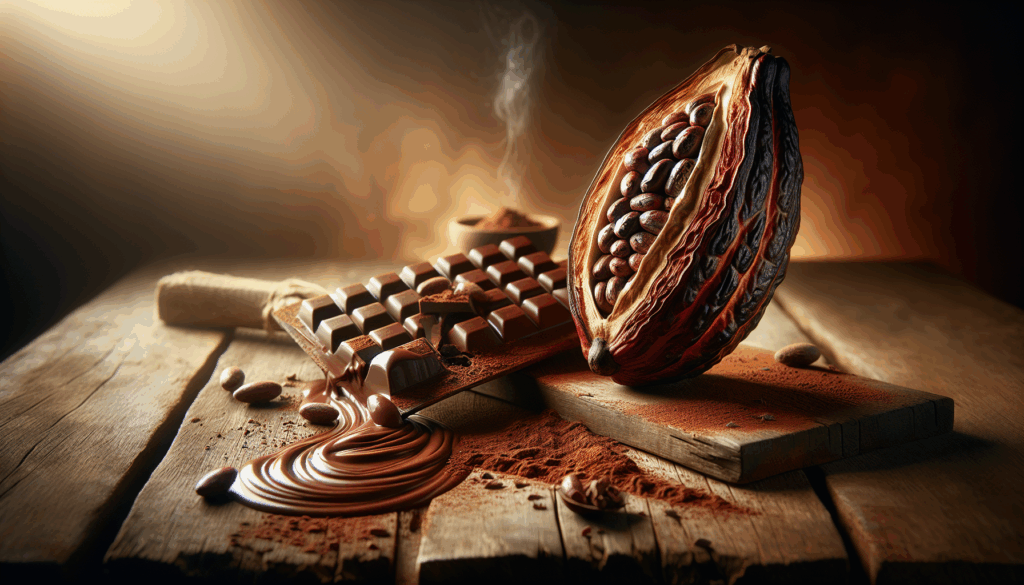
Pairings: what goes well with chocolate?
You’ll have fun pairing chocolate with beverages and foods to highlight complementary flavors. Pairings can transform tasting into a multisensory experience.
Beverage pairings
You can pair chocolate with coffees, teas, wines, spirits, and craft beers. Lighter chocolates often pair with fruity or floral beverages; darker chocolates pair well with bold coffees or red wines.
Food pairings
You should try pairing chocolate with cheeses, nuts, fruits, and charcuterie elements. The right pairing balances sweetness, acidity, and salt to create harmony.
Here’s a simple pairing guide to get you started:
| Chocolate type | Good pairings |
|---|---|
| Milk chocolate | Caramel, hazelnut, mild cheeses, light-bodied reds, coffee |
| Dark chocolate (70–85%) | Berry fruits, aged cheese, full-bodied coffee, red wine (e.g., Zinfandel) |
| White chocolate | Citrus fruits, tropical fruits, champagne, light roasted coffee |
| Ruby chocolate | Fresh berries, rosé wines, floral teas |
Chocolate and health: facts and myths
You’ll want accurate information about the health aspects of chocolate. While dark chocolate contains antioxidants and flavanols that may offer modest benefits, sugar and calories in many products require moderation.
Potential benefits
You can gain cardiovascular support from flavanols in cocoa when consumed as part of a balanced diet. Some studies suggest improved blood flow and mild blood pressure-lowering effects with moderate dark chocolate consumption.
Risks and moderation
You should be aware of the high sugar and fat content in many chocolate products, which can contribute to weight gain and metabolic issues if consumed excessively. People with caffeine sensitivity, dairy intolerance, or allergies should check ingredients carefully.
Buying and storing chocolate
You’ll get better results when you know how to select and store chocolate. Quality, percentage, flavor, and storage conditions all affect your experience.
How to choose chocolate
You should evaluate chocolate by checking cocoa percentage, origin claims, and the ingredient list. Look for short ingredient lists and avoid products with excessive additives, vegetable fats, or artificial flavors if you prefer pure chocolate.
How to store chocolate properly
You’ll preserve flavor and texture by storing chocolate in a cool, dry, and odor-free location—ideally between 15–18°C (59–64°F). Avoid refrigeration when possible because humidity can cause sugar bloom; if refrigeration is necessary, seal chocolate tightly and allow it to reach room temperature before opening.
Chocolate recipes you can try on World Chocolate Day
You’ll enjoy making classic and creative chocolate treats at home. Here are a few accessible ideas with basic instructions to get you started.
Hot chocolate (comfort in a cup)
You should start with good-quality chocolate, milk (or plant-based milk), and a pinch of salt. Gently melt chocolate into heated milk, whisk until smooth, and sweeten as desired. Add spices like cinnamon or vanilla for variety.
Easy chocolate mousse
You can make a simple mousse by whipping cream and folding in melted dark chocolate with a bit of sugar. Chill until set and serve with berries or whipped cream.
Quick brownies
You should mix melted butter and chocolate with sugar, eggs, flour, and a pinch of salt to create a dense, fudgy batter. Bake in a preheated oven until the edges set but the center remains slightly soft.
Recipes table: quick reference
You’ll appreciate a concise table summarizing ingredients and approximate times for the basic recipes above.
| Recipe | Main ingredients | Prep time | Cook/chill time |
|---|---|---|---|
| Hot chocolate | Chocolate, milk, pinch of salt | 5 minutes | 0 minutes |
| Chocolate mousse | Dark chocolate, cream, sugar, eggs (optional) | 15 minutes | 1–2 hours chill |
| Brownies | Chocolate, butter, sugar, eggs, flour | 15 minutes | 20–30 minutes bake |
Gifts and DIY chocolate ideas for World Chocolate Day
You’ll find that giving chocolate as a gift is classic, but creating personalized or artisanal gifts makes them more meaningful. DIY projects let you tailor flavor, presentation, and ethos.
Homemade chocolate bars and truffles
You can temper chocolate, pour into molds, and add nuts, dried fruit, or spices. Truffles are simple: make a ganache, chill, roll into balls, and coat with cocoa or chopped nuts.
Gift presentation ideas
You should present homemade chocolates in simple boxes, tied with ribbon, or in reusable containers to reduce waste. Including a small note about origin and flavor choices adds a thoughtful touch.
Chocolate careers and business: how you can get involved
You’ll find opportunities in chocolate production, retail, sensory analysis, marketing, and ethics-focused sourcing. The industry values craftsmanship, scientific knowledge, and storytelling.
Paths into the industry
You can pursue training in culinary arts, food science, or cocoa agronomy. Apprenticeships with bean-to-bar makers or certifications in chocolate tasting and tempering are also meaningful ways to start.
Starting a small chocolate venture
You should plan for sourcing, equipment, food safety, and market differentiation if you’re thinking of launching a chocolate brand. Emphasizing traceability and a strong brand story helps you stand out.
Chocolate activism: how your choices can support change
You’ll have influence through the products you buy and the stories you amplify. Supporting ethical sourcing, fair pay, and agroforestry practices contributes to better livelihoods and environments.
Supporting farmer justice and sustainable practices
You should seek out brands that invest in farmer training, pay living incomes, and protect forests. Advocate for transparency by asking companies about their supply chains and premiums paid to growers.
Reducing waste and encouraging circularity
You’ll make an impact by choosing products with minimal or recyclable packaging and supporting refill or bulk-buy options. Encouraging repair and reuse of packaging in community settings helps build better systems.
Fun activities and parties for World Chocolate Day
You’ll have many options to celebrate socially, from casual tastings to themed parties. Fun, low-stress activities help people of all ages enjoy chocolate responsibly.
Chocolate-themed games and pairings
You can organize blind tastings, flavor-matching games, or chocolate-and-beverage pairing stations. Small prizes and tasting scorecards add friendly competition and engagement.
Community and charity events
You should consider organizing or participating in fundraisers that combine chocolate sales with causes such as education or environmental protection in cacao-growing regions. These activities raise awareness and provide direct support.
Frequently asked questions (FAQ)
You’ll likely have common questions about World Chocolate Day and chocolate itself. Here are clear answers to help you understand key points.
Is World Chocolate Day a global holiday?
You should know that World Chocolate Day is an informal global observance rather than an official public holiday. Many countries and organizations participate with events, promotions, and educational activities.
Can you eat chocolate every day and stay healthy?
You will be fine enjoying chocolate in moderation; choose higher-cocoa dark chocolate for lower sugar content and potential health benefits. Balance your intake with a healthy overall diet and be mindful of calories.
How can you tell if chocolate is high quality?
You should look for a clean ingredient list, clarity about cocoa percentage and origin, a pleasing aroma, smooth texture, and a good snap in solid chocolate. Transparent sourcing and brand storytelling often accompany higher quality.
Planning a World Chocolate Day celebration checklist
You’ll find a checklist helpful to organize your 2025 celebration. This guide covers preparation from planning to presentation.
- Choose a date and format (tasting, party, workshop).
- Source chocolate with attention to quality and ethics.
- Arrange pairing beverages and palate cleansers.
- Prepare tasting notes and scorecards.
- Set up serving ware and temperature-appropriate storage.
- Consider invitations, music, and a small gift for guests.
Final thoughts: making World Chocolate Day meaningful for you
You’ll get the most from World Chocolate Day by combining enjoyment with learning and responsible choices. Whether you savor a single piece quietly or host a lively tasting, your choices can support good flavor, fair practices, and sustainable futures.
A sweet closing note
You should celebrate chocolate’s complexity and its connection to people and places around the world. By making thoughtful choices on World Chocolate Day 2025, you’ll honor both the pleasure and the responsibility that come with enjoying this beloved food.

